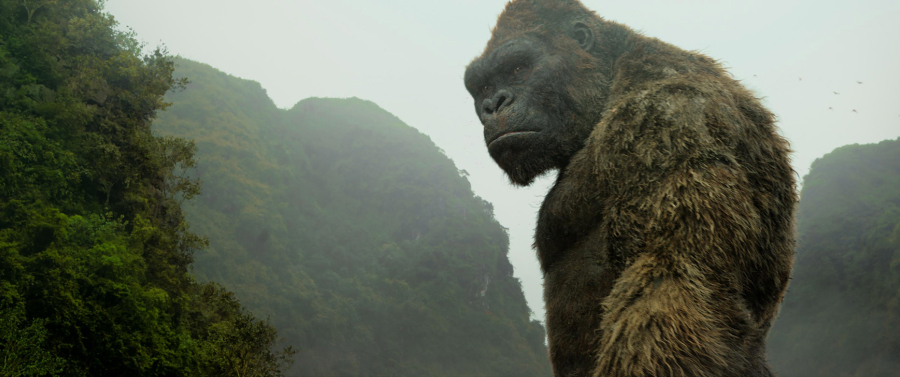It’s one of the most famous scenes in film history: A giant ape stands atop the Empire State Building, swatting at fighter planes trying to shoot him down.
Yes, King Kong, aka the Mighty Kong, aka “The Eighth Wonder of the World,” is not only etched forever in our collective consciousness, but the 1933 classic is the movie gift that keeps on giving. The movie has spawned three remakes and sequels (in 1976, 1986 and 2005), several animated series, other giant ape films (most notably 1949’s “Mighty Joe Young”), comics, toys, clothing, books, plus two theme-park rides at Universal Orlando Resort. And now there’s “Kong: Skull Island,” which opened in theaters Friday, a Kong story set in 1973 starring Tom Hiddleston, Samuel L. Jackson, Brie Larson and John Goodman that’s a mashup of a giant ape flick, “Jurassic Park” and “Apocalypse Now.”
Not bad for a massive gorilla who just wanted to hang out with the blonde he had the hots for.
“Kong is fundamentally a beauty and the beast story,” says Max Borenstein, co-screenwriter (with Dan Gilroy) of the new film. “The core component is the misunderstood creature. Kong is a monster from some perspective that is dangerous and needs to be destroyed, yet the films derive their emotional impact from the fact that Kong is innocent and beautiful.”



